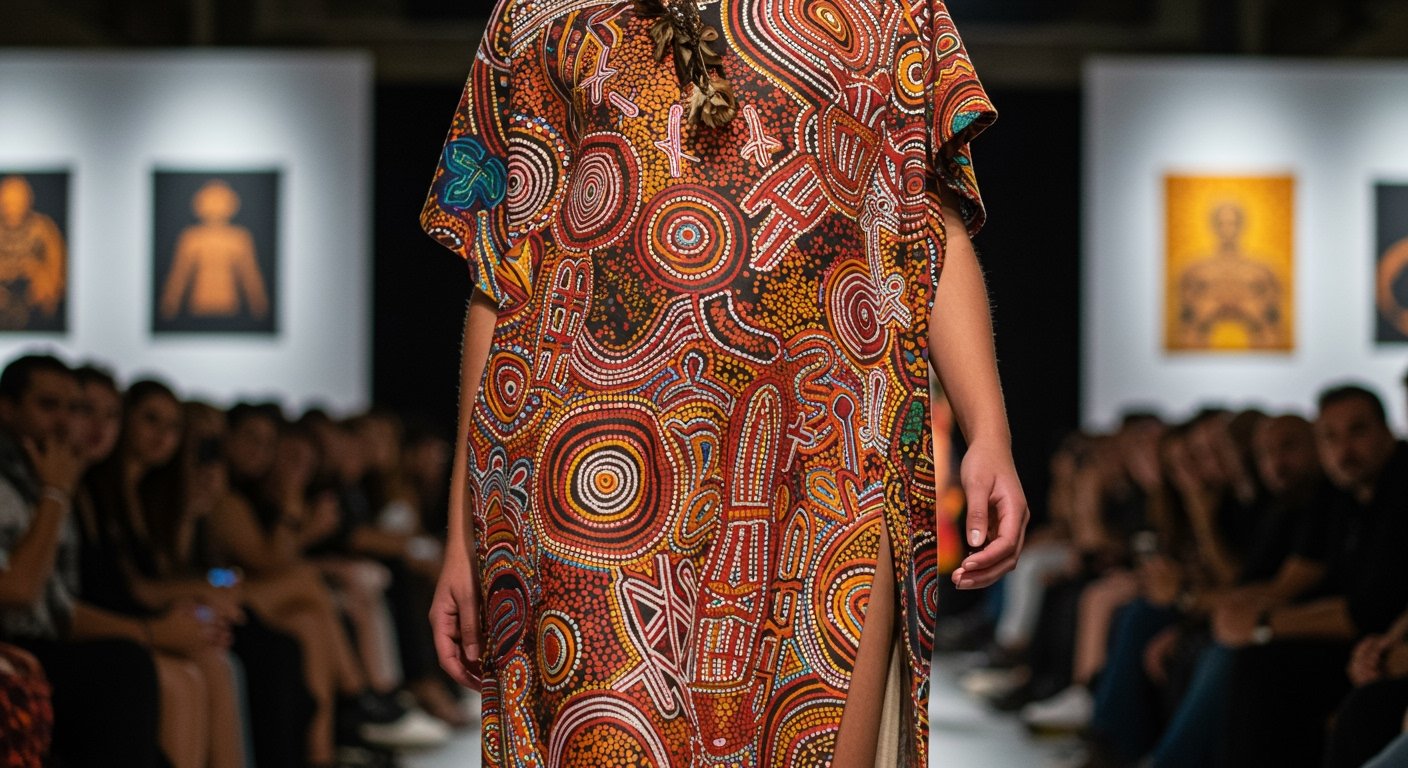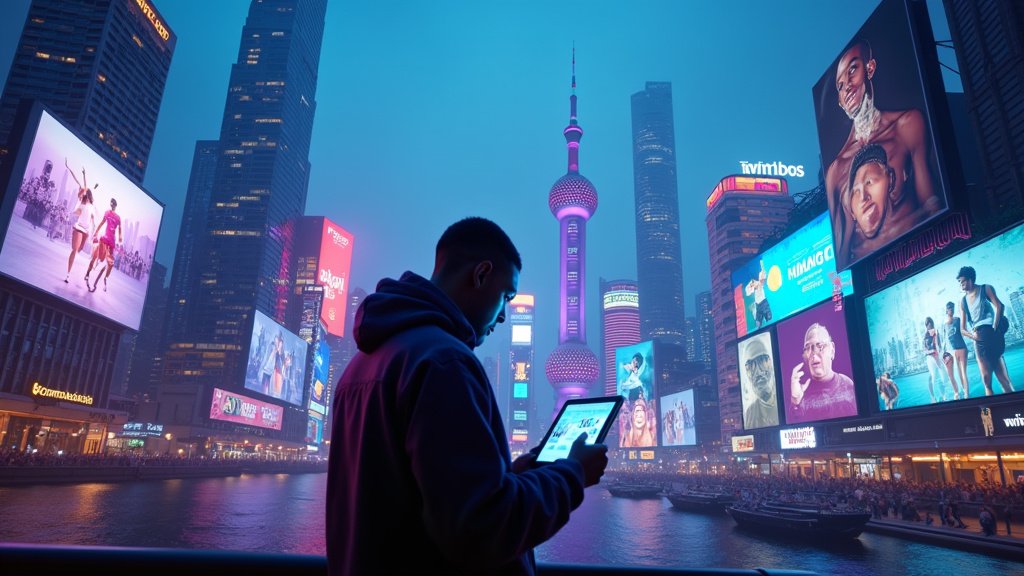SANTIAGO, CHILE – Marking a significant milestone, Indigenous Australian brand Kirrikin has celebrated its 10th anniversary by embarking on a historic Fashion and Cultural Exchange in Santiago, Chile. The initiative, which coincided with Chile’s National Day of Indigenous Peoples, served as a powerful platform to showcase Indigenous Australian fashion and culture on the international stage.
The three-day program, held in the Chilean capital, was meticulously designed to foster deep intercultural dialogue and collaboration. It featured two distinct fashion shows highlighting Kirrikin’s unique designs, which are founded upon the artworks of Indigenous Australian artists. Beyond the runway, the exchange encompassed facilitated discussions centered on Indigenous Australian culture and business practices, alongside exhibitions of art, interactive workshops, and film screenings.
A Decade of Design and Dialogue
Founded by Proud Wonnarua woman Amanda Healy, Kirrikin has spent the past decade translating vibrant Indigenous Australian art into wearable fashion and accessories. The brand’s participation in the Santiago exchange not only celebrated its 10th year but also underscored its commitment to elevating Indigenous voices and artistry globally. Ms. Healy’s vision for Kirrikin has consistently aimed to bridge cultural divides through design, making this international exchange a natural evolution for the brand.
Weaving Cultures: The Santiago Program
The comprehensive three-day schedule provided multiple avenues for engagement. The two fashion shows were central events, presenting Kirrikin’s collections to a Chilean audience and invited guests, including diplomats and cultural representatives. These shows were complemented by facilitated discussions offering insights into the rich tapestry of Indigenous Australian traditions, storytelling through art, and the burgeoning landscape of Indigenous-led businesses. The inclusion of art exhibitions, hands-on workshops, and movies ensured a multi-sensory experience, providing deeper context and understanding of Indigenous Australian heritage.
Diplomatic Threads and Shared Histories
The significance of the exchange was highlighted by Australian Ambassador to Chile, Andrew Martin, who attended the events and spoke on the importance of intercultural collaboration. Ambassador Martin acknowledged the long-standing relationship between Australia and Chile, noting 80 years of diplomatic relations. He emphasized that cultural initiatives like the Kirrikin exchange play a crucial role in strengthening these ties and fostering mutual respect and understanding between the two nations.
Amanda Healy echoed the sentiment of collaboration, placing particular emphasis on the opportunity for direct interaction with Chile’s local Indigenous peoples. She spoke movingly about the shared history between Australia and Chile as colonized nations, recognizing the parallels in their experiences and the resilience of their respective Indigenous populations. Ms. Healy specifically noted Chile’s 11 surviving Indigenous groups, highlighting the importance of connecting with contemporary Indigenous communities in different parts of the world to share stories, challenges, and successes.
Forging Global Connections
Beyond the cultural exchange and diplomatic messaging, the event also served a vital business purpose. Ms. Healy stressed the critical importance of forging international relationships for Indigenous Australian businesses like Kirrikin. Such connections, she explained, are essential for accessing previously untapped global markets, providing economic opportunities and sustainability for Indigenous enterprises and the artists they collaborate with. The Santiago exchange presented a direct pathway for Kirrikin to explore potential collaborations and market access within Latin America.
The successful completion of the Kirrikin Fashion and Cultural Exchange in Santiago represents a significant step forward in promoting Indigenous Australian creativity and business acumen on the international stage. It underscores the power of cultural diplomacy and the importance of direct Indigenous-to-Indigenous connections in building global understanding and economic pathways.





